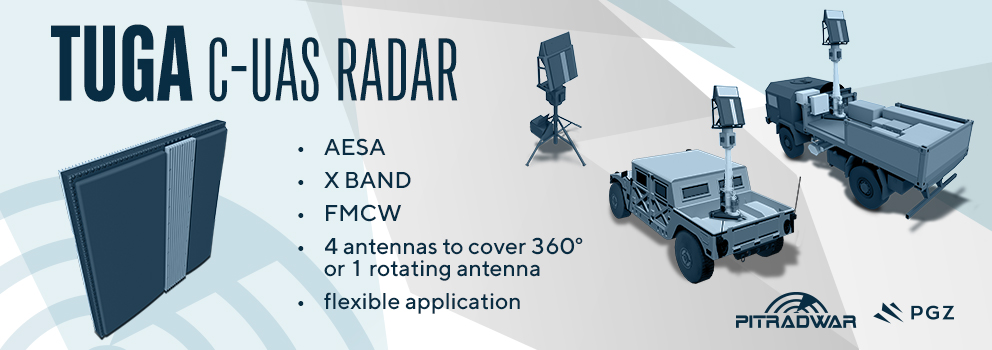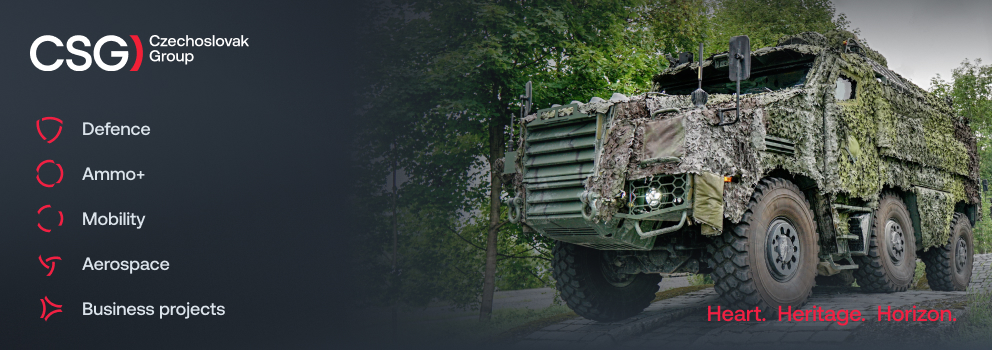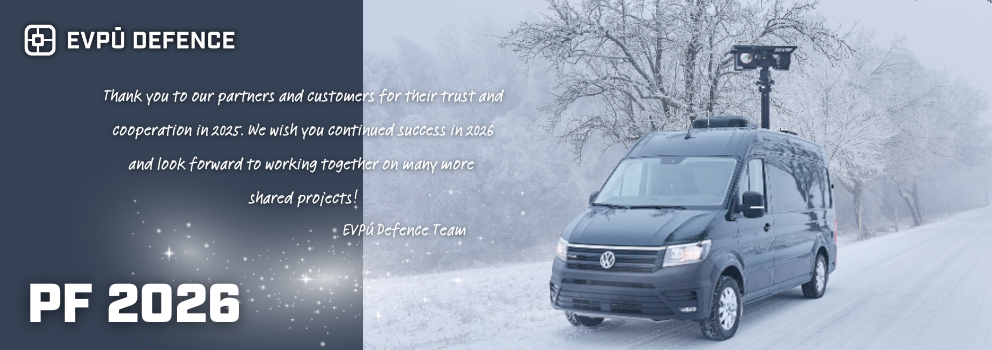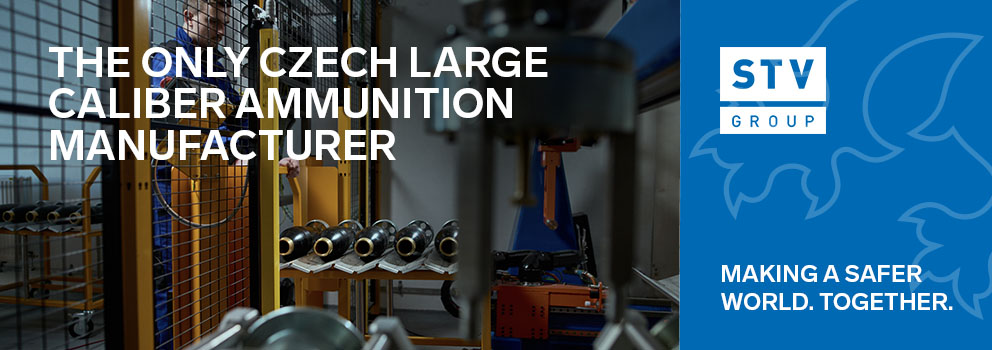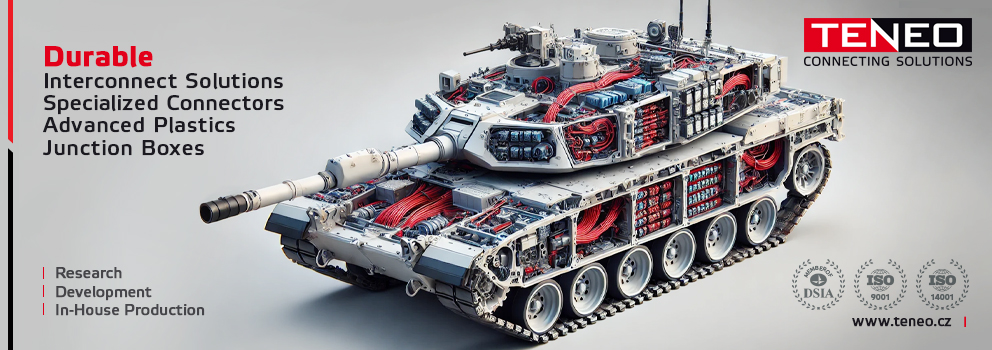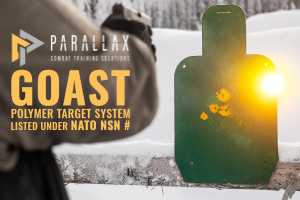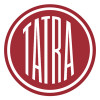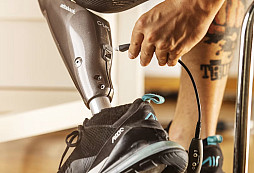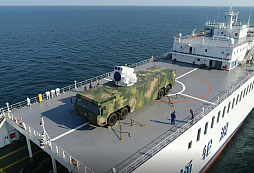Col. Vlastimil Štěbra: Supacat will take Czech special forces to the next level
There has been talk for some time that the 601st Special Forces Group is preparing to replace its existing Land Rover Defender 110 TDi Military Armored vehicles series 3, designed for special forces operations, with new SOVs (Special Operations Vehicles). The army finally opted to purchase 24 Supacat HMT Extenda 6x6 vehicles. The entire procurement process was overseen by Colonel Vlastimil Štěbra, head of the construction and medium-term planning department of the Czech Armed Forces Special Forces Directorate, with whom we spoke in the latest episode of our discussion program CZ DIALOGUES not only about the reasons why these vehicles were chosen, but also about their broader concept and further use. Among other things, we also discussed the further development of the Czech Armed Forces Special Forces.
Video: Interview with Col. Vlastimil Štěbra, Head of the Construction and Medium-Term Planning Department of the Special Forces Directorate of the Czech Armed Forces / CZ DEFENCE
“The name of our department may seem misleading. In fact, we provide support for the entire acquisition process and focus purely on investment purchases. We act as an intermediary between the user and the sections of the General Staff that carry out the actual procurement,” says Col. Štěbra at the beginning of the interview. According to him, this is a very specific area of logistics. “It involves exclusively the procurement of assets that the army needs to perform its tasks – in our case, this mainly concerns equipment for special forces,” adds Col. Štěbra.
The Supacat vehicles, which are to replace the aging Land Rover Defender 110s, have an open design, which may seem outdated at first glance, especially in light of the war in Ukraine. However, Colonel Štěbra is clear on this point: “Open vehicles have an irreplaceable place in our portfolio. Special forces cannot do without them, because some tasks require maximum mobility, situational awareness of the crew, and the ability to maneuver quickly.”
According to Colonel Štěbra, special forces never work with just one type of equipment. “Unlike tank or mechanized units, we need a wider range of vehicles. Special forces tasks range from special reconnaissance and strike operations to support and influence. And each type of operation requires a different vehicle,” explains the head of the construction and medium-term planning department at the Special Forces Directorate of the Czech Armed Forces.
The new Supacat vehicles are to replace older Land Rovers, which were purchased in 2006 and used extensively in foreign operations, primarily in Afghanistan and Africa. "We have used them to their full potential, but their load capacity and ballistic protection no longer meet today's requirements. Supacat is a step up – it offers higher load capacity, longer endurance, and better crew protection," says Col. Štěbra in an interview.
The delivery includes not only the vehicles themselves, but also their armament. This is designed to cover a wide range of special forces operations. “The vehicles will be equipped with a combination of 7.62 mm and 12.7 mm machine guns, as well as 40 mm grenade launchers,” confirms Col. Štěbra, adding: “We are also considering the possibility of integrating other weapon systems, depending on how our needs and technological capabilities develop.”
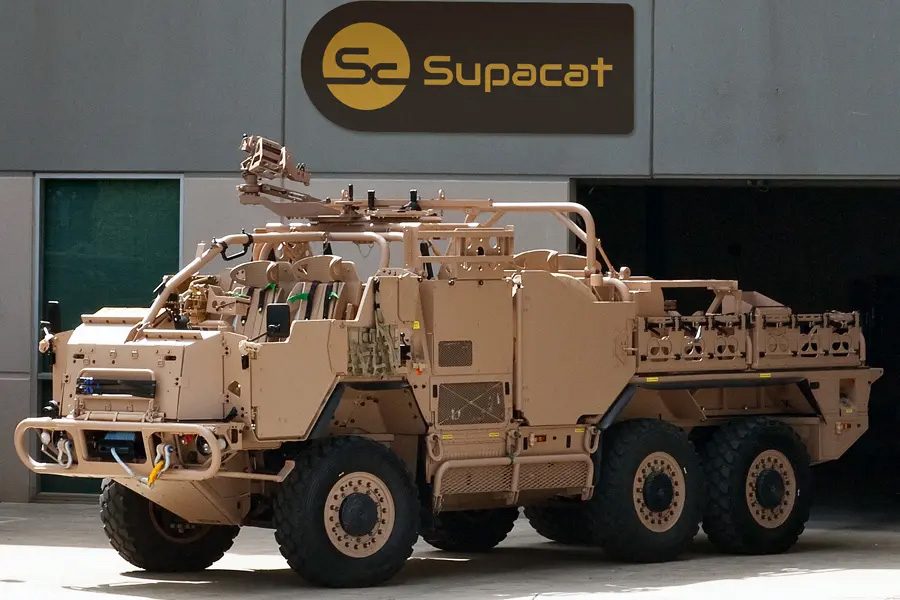
One of the key requirements is modularity, allowing the crew to equip the vehicle according to the specific mission. This includes means for detection and limited action against drones. “The details will of course remain classified, but the basic concept is clear – the armament must be sufficiently versatile and allow for upgrades throughout its life cycle,” explains Colonel Štěbra.
We wondered whether it made sense to purchase open vehicles at a time when the conflict in Ukraine is demonstrating the devastating effects of drones and artillery. “It's definitely relevant,” counters Col. Štěbra. “We have to realize that special forces would not be operating on the front lines in a high-intensity conflict. Our missions would be hundreds of kilometers behind enemy lines – special reconnaissance, targeting weapons, strike operations, or support for the resistance movement. These are operations where open mobile vehicles make sense,” adds Štěbra.
When asked about protection against unmanned aerial vehicles, Colonel Štěbra responds realistically: "We can see that even the best armored technology in Ukraine cannot withstand drones. Protection is always a system of measures – from intelligence information to tactics, camouflage, drone detection, and active and passive protective elements. Supacats are also equipped with systems that enable the detection and, to some extent, countering of drones, but the details must remain classified," emphasizes the colonel.
The most important question currently being asked by the media is why the British Supacat platform was chosen. “Simply because no other vehicle met our operational requirements,” replies Col. Štěbra. An independent feasibility study was conducted in 2020 at the Military Technical Institute in Vyškov to verify whether the required capabilities even existed on the market. “We looked at 4x4 variants, combinations of 4x4 with a mother vehicle, and 6x6. Only the Supacat 6x6 was able to offer sufficient load capacity, transport for six people, and room for future upgrades,” says Col. Štěbra on the issue.
When asked if the vehicle has any weaknesses, the colonel responds with a smile. "I may sound like a marketing representative for the manufacturer, but I don't see any major shortcomings. The Supacat was developed from the outset by special forces for special forces. It does not suffer from the typical issues of converted trucks," says Col. Štěbra, adding other unique technical features of the vehicle – high power-to-weight ratio, excellent suspension, and a wide user base around the world, from Britain to the US to Australia.
The Ministry of Defense has allocated CZK 1.9 billion for the purchase of new vehicles for our special forces. The price includes not only the delivery of the vehicles themselves, but also equipment, spare parts, crew training, and life cycle support. The contract covers 24 Supacat HMT Extenda 6x6 vehicles, which will be delivered over the next few years. The first units should be handed over to the special forces in 2026, with the complete delivery scheduled for completion by 2028. “At first glance, this may seem like a large amount,” admits Col. Štěbra. “But it is important to bear in mind that we are not just buying vehicles – we are buying a comprehensive capability that will serve us for the next 15 to 20 years.”
According to Colonel Štěbra, Supacats are not an experiment for Czech special forces. These vehicles have found their place in the arsenal of elite units in several countries, including Great Britain, the US, Australia, New Zealand, Norway, and Denmark. According to Colonel Štěbra, these international references clearly show that this is a proven platform. “When we look at our NATO allies, we see that this is a vehicle that has been serving well in real combat conditions for years. This was also one of the important references for us,” emphasizes the colonel.
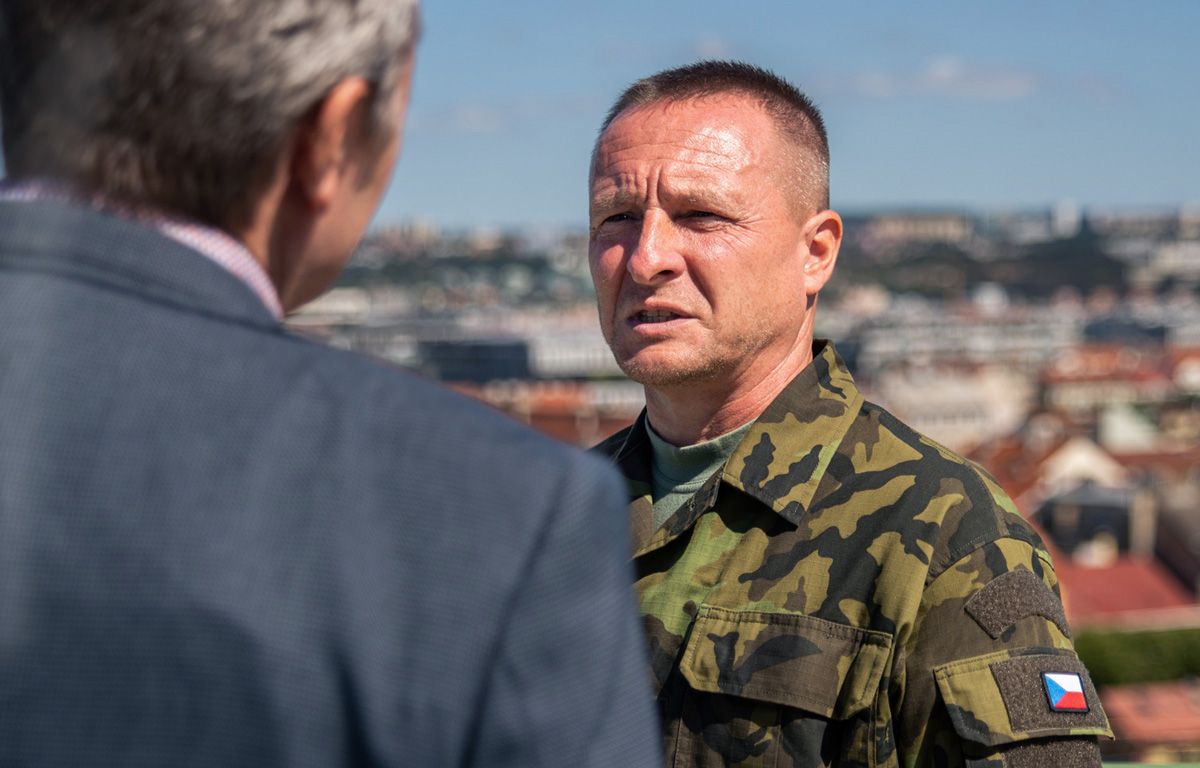
As already mentioned, the new vehicles should serve for 15 to 20 years. "Of course, it depends on the intensity of use – the 2006 Land Rovers lasted almost two decades, even though they were deployed in the most demanding conditions. Supacats will take us further and enable us to better protect what is most valuable – our soldiers,“ notes Col. Štěbra.
The purchase of Supacat vehicles is not just about replacing old Land Rovers, but about the long-term modernization of the capabilities of the Czech special forces, as Col. Štěbra emphasizes: ”It's not about having one universal vehicle. It's about our people having the best equipment for every task. And Supacat is the step that will take us to the next level," says Col. Vlastimil Štěbra, head of the construction and medium-term planning department at the Czech Armed Forces Special Forces Directorate.
If you want to learn more, listen to the entire interview at the beginning of this article.
